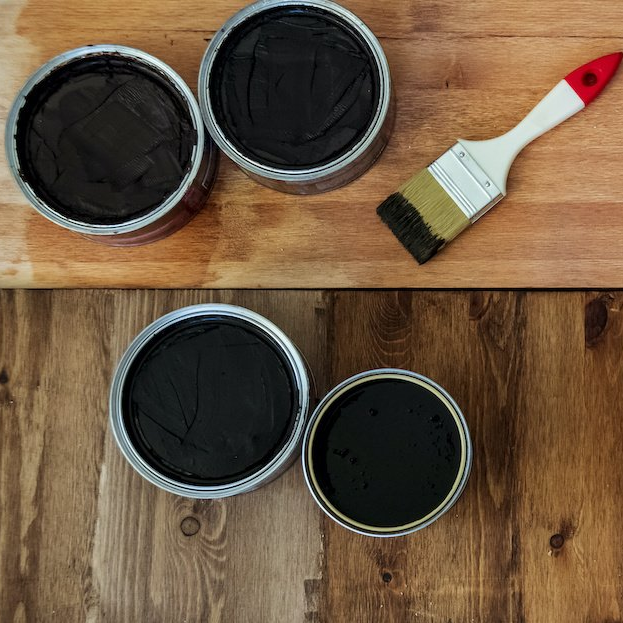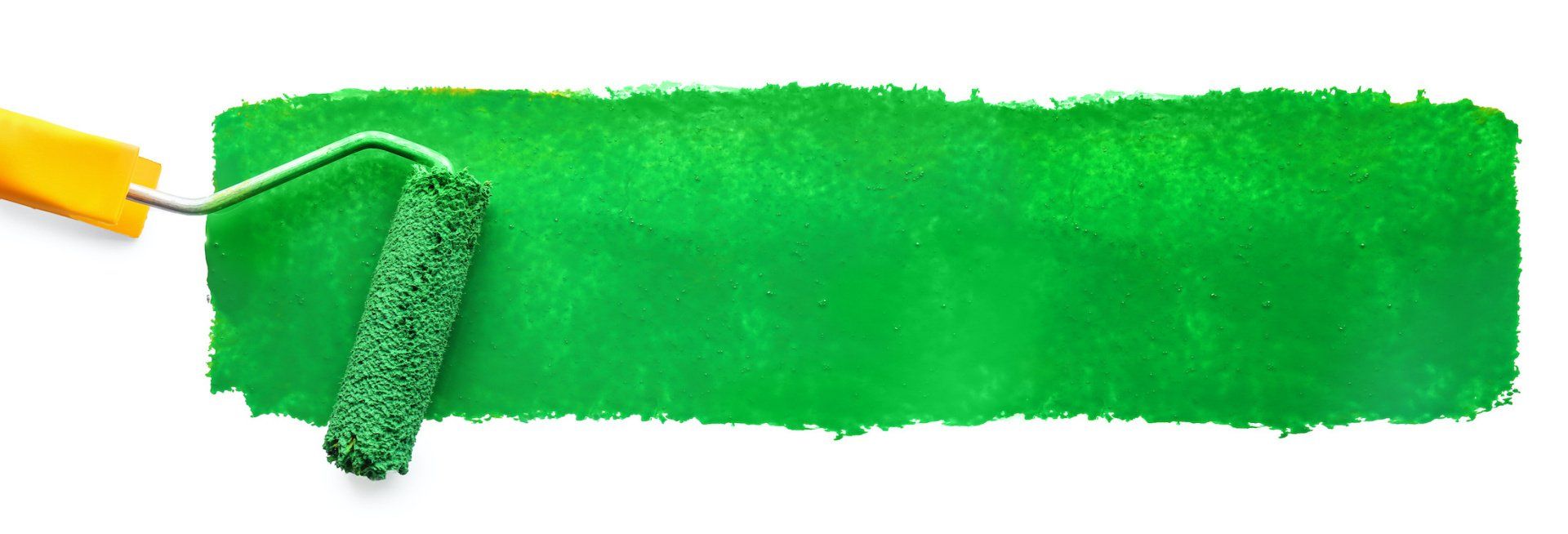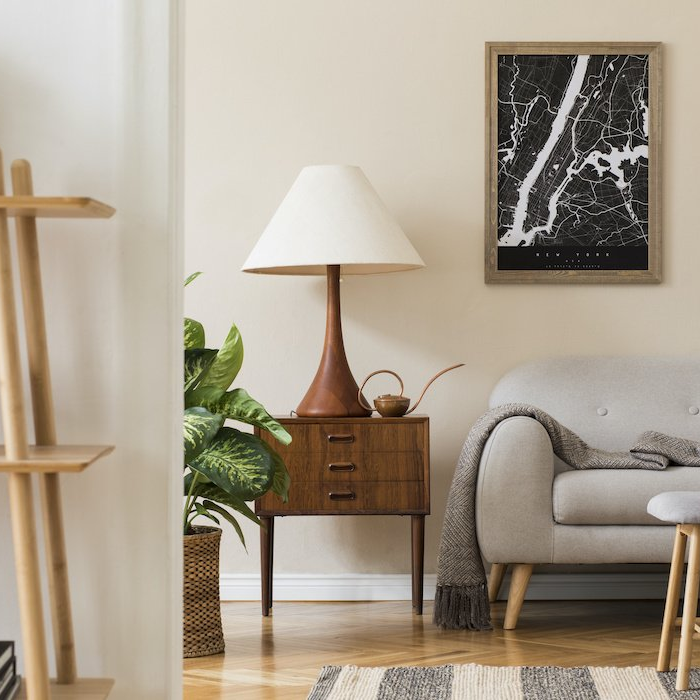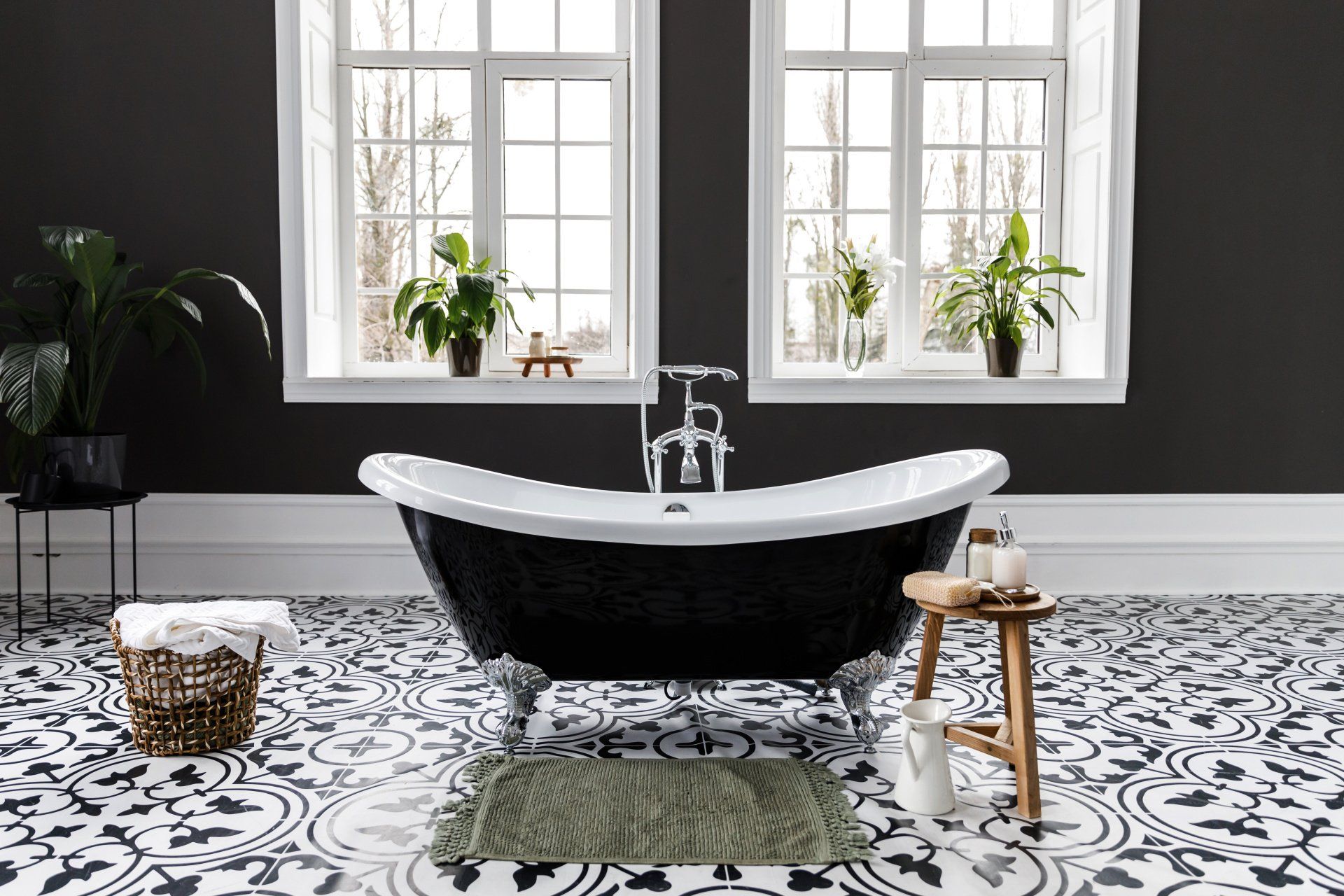The Benefits of Sustainable Eco-Friendly Paint
Sam Lutz • May 20, 2014

If you sometimes find that maintaining a green lifestyle means not getting exactly what you want out of your renovation projects, we have good news! Environmentally friendly paints are becoming more and more popular, meaning you won’t have to choose between vibrant colors or something that has a low environmental impact. Those things are coming wrapped up in one neat package in the form of eco-friendly paints.
Now, you’ll be able to create that gorgeous design you had in mind and stay green while doing it.
Eco-Friendly Paint vs. “Normal” Paint
If you were to sit a can of eco-friendly paint and a can of conventional paint side by side and remove the lids, the difference between the two would become obvious as soon as you took a breath. Normal paint emits that “fresh paint” odor, which is produced as a result of various chemicals and greenhouse gases being emitted into the air. Eco-friendly paints, on the other hand, usually don’t produce those gases. If they do, the amounts are so minimal, or not present at all, that your nose won’t be able to detect them.
What makes regular paint more harmful to the environment and your health is the presence of volatile organic compounds, or VOCs. VOCs can be found in a number of household products besides paint such as cleaning products and air fresheners. In paint, VOCs are used to keep the ingredients (adhesives, hardeners, drying accelerators, etc.) in a blended state. Eco-friendly paints will have a low VOC count or no VOCs at all.
The Benefits
Low VOC paints are easier on the environment and your body. The government already regulates the amount of VOCs
that can be present in paint to around 250g of VOCs per liter of paint for a flat finish. Many eco-friendly brands have taken that a step further and produced paints with 50g of VOCs a liter, or none at all.
Besides making the air in your home more harmful to breathe, one of the biggest environmental impacts that normal paint has is its contribution to smog formation. VOCs in the air react with other gases that have been emitted from cars or industrial plants to form ozone, which will eventually accumulate with other pollutants to form smog. Eco-friendly paints will not contribute to smog formation since their VOC levels are so low, and they don’t make the air in your home dangerous to breathe.

Things to Consider
When choosing a low VOC paint, there are a couple of things we recommend taking into consideration. First, make sure that the paint you’re buying not only contains a low level of VOCs, but that the colorants used in the paint are water-based. Otherwise, the colorants can increase the VOC count from 50 g/l to as much as 190 g/l when the paint mixture reaches the tinting stage of the formulation process. This means you wouldn’t be getting the low impact you’re looking for. Some consumers express concerns regarding the quality of water-based colors, but don’t fret over that. A high quality eco-friendly paint can be just as rich and vibrant as traditional paints.
Brands like Benjamin Moore, for example, carry eco-friendly paints, such as Natura and Aura, that use water-based colorants, ensuring that the products stay in that lower threshold. The colors are still vibrant, and the final result is as durable and long-lasting as normal paint, meaning you won’t need to sacrifice quality for integrity. Your finished project will be just as beautiful as you imagined it while remaining safe for you, your family, and the environment.

One of the wonderful things about good wood furniture is that it doesn’t have to be merely functional. It can be beautiful as well. We’ve seen some amazing pieces made with wood stains that are more than just furniture, they’re works of art. So if you’ve got an old table, desk or other piece of wood furniture that needs jazzed up, why don’t you consider using some of our great stains to try one of these ideas.









